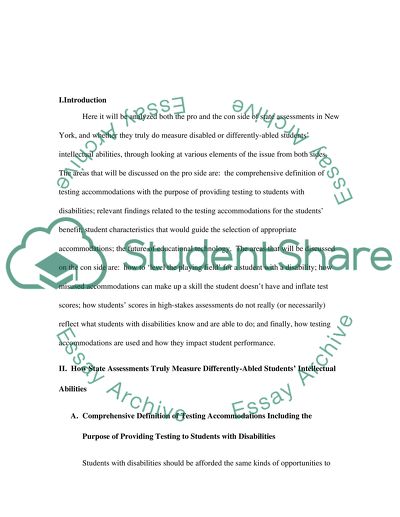Cite this document
(“Do state assessments truly measure a disabled students' intellectual Research Paper”, n.d.)
Retrieved de https://studentshare.org/education/1392154-do-state-assessments-truly-measure-a-disabled-students-intellectual-abilities
Retrieved de https://studentshare.org/education/1392154-do-state-assessments-truly-measure-a-disabled-students-intellectual-abilities
(Do State Assessments Truly Measure a Disabled students' Intellectual Research Paper)
https://studentshare.org/education/1392154-do-state-assessments-truly-measure-a-disabled-students-intellectual-abilities.
https://studentshare.org/education/1392154-do-state-assessments-truly-measure-a-disabled-students-intellectual-abilities.
“Do State Assessments Truly Measure a Disabled students' Intellectual Research Paper”, n.d. https://studentshare.org/education/1392154-do-state-assessments-truly-measure-a-disabled-students-intellectual-abilities.


